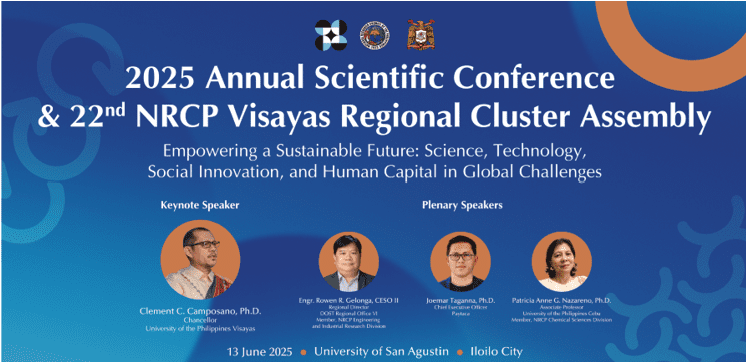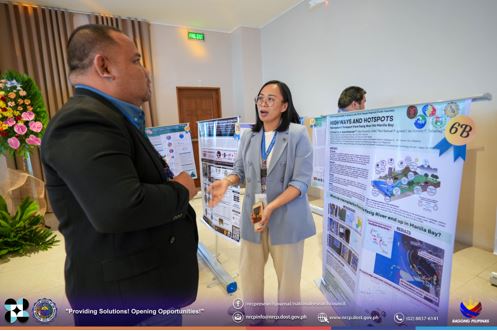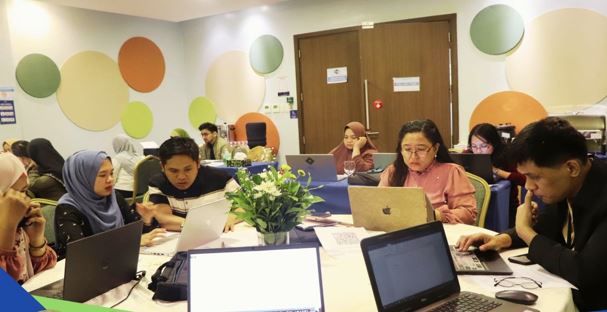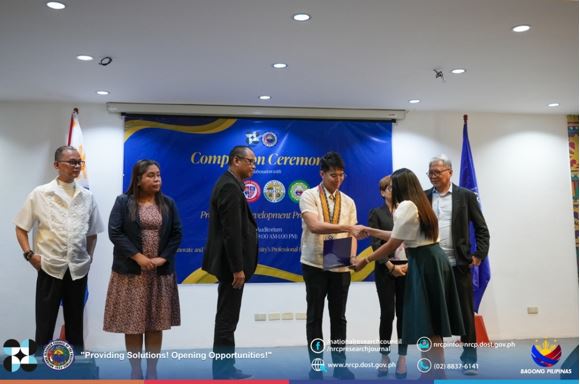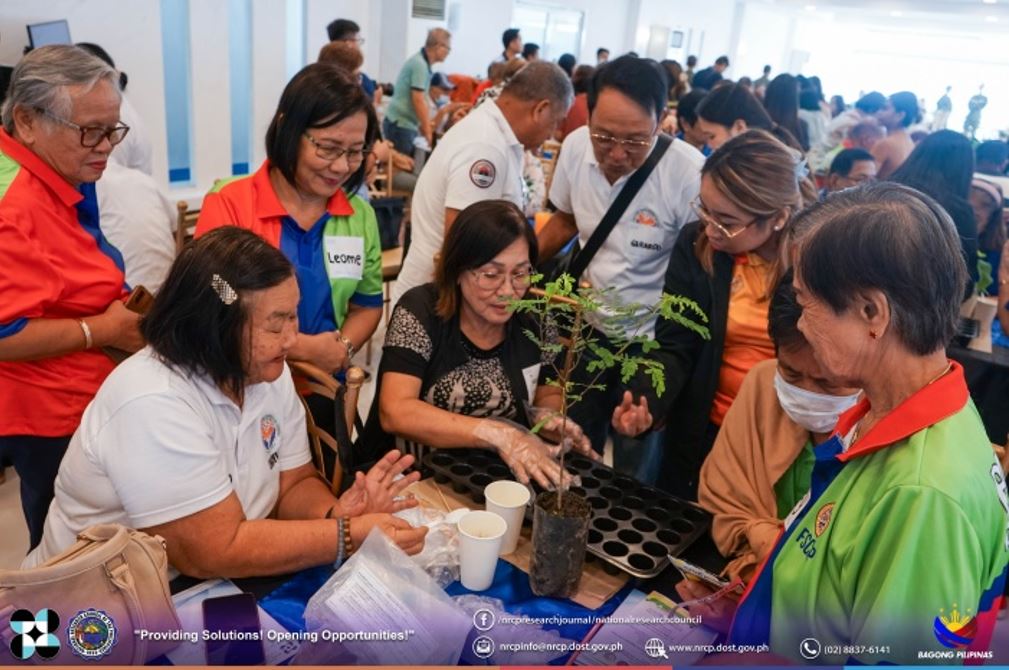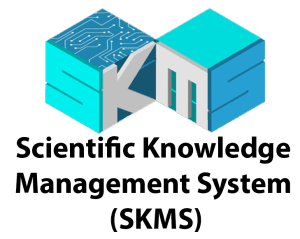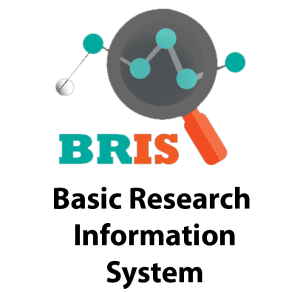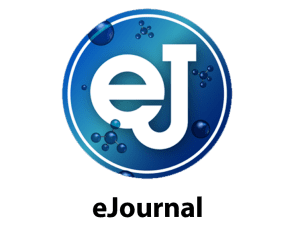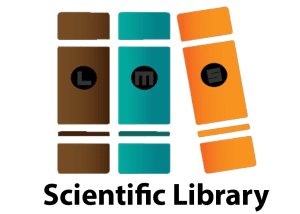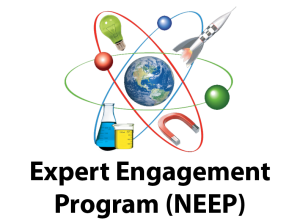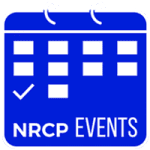DOST-NRCP Presents Greening of Mined Areas in the Philippines Program at House Forum
The Department of Science and Technology – National Research Council of the Philippines (DOST-NRCP) presented its Greening Mined Areas in the Philippines (GMAP) Program to gather insights and recommendations from diverse stakeholders during an inter-congressional forum held at the House of Representatives, Batasan Hills, Quezon City on June 19, 2025.
GMAP Program Founder and NRCP researcher Dr. Nelly S. Aggangan shared the program with members of the House of Representatives, particularly the Special Committees on Land Use and Reforestation, Science and Technology, and Ecology. Representatives from the Department of Environment and Natural Resources (DENR), Mines and Geosciences Bureau (MGB), UN-Habitat Philippines, Union of Local Authorities of the Philippines (ULAP), Mindanao Development Authority (MinDa), and four mining companies—Manila Mining Corporation, Zambales Diversified Mining Corp., Pax Libera Mining Inc., and Carmen Copper Corporation also attended.
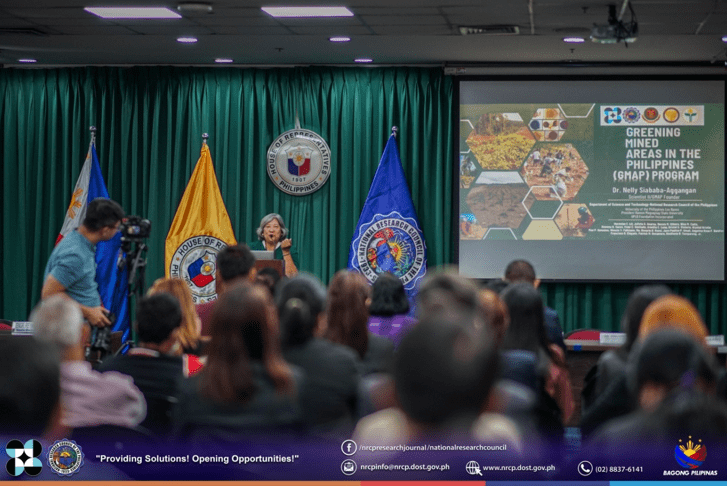
GMAP is a flagship program under the Sustainable Communities of the NRCP’s National Integrated Basic Research Agenda (NIBRA) that focuses on the restoration of mine-degraded areas through the application of microbial-based bioremediation technologies. The program also generates scientific data on heavy-metal remediation and the biofertilizer potential of indigenous microorganisms, providing evidence for sustainable environmental restoration.
DOST-NRCP President Dr. Louise Antonette De Las Peñas, alongside Executive Director Dr. Bernardo Sepeda, introduced GMAP as one of the Council’s programs that pursue its goal of supporting legislative policies through research.
Representative Marlyn “Len” B. Alonte, Chairperson of the House Committee on Ecology, emphasized the urgent need to address environmental damage caused by mining. She acknowledged the economic benefits of mining but also pointed out the ecological and social toll it leaves behind.
“The GMAP presents a unique opportunity to bring life back to degraded areas through indigenous microbes that restore soils and ecosystems. It is a simple yet powerful solution that we, as policymakers and technical experts, can help scale effectively,” said Alonte.
She added that the forum was not only about disseminating research but also about transforming knowledge into actionable steps aligned with climate resilience, sustainable development, and inclusive growth.
During the open forum moderated by GMAP Program Leader Dr. Merdelyn Caasi-Lit stakeholders raised concerns, identified policy gaps, and discussed how GMAP’s scientific approaches can be integrated into environmental regulations.

Representative Francisco Jose “Bingo” F. Matugas II, Chairperson of the House Special Committee on Land Use, concluded the event by reaffirming the Congress’ commitment to support innovative and sustainable rehabilitation programs.
“Let us therefore continue to work together to make a lasting impact and bring back hope to our communities,” he urged.
The forum was organized by the House Special Committees on Land Use and Reforestation, the Committee on Science and Technology, and the Committee on Ecology, with DOST-NRCP serving as co-convener. (Rose Dagupen, S&T Media Services)






